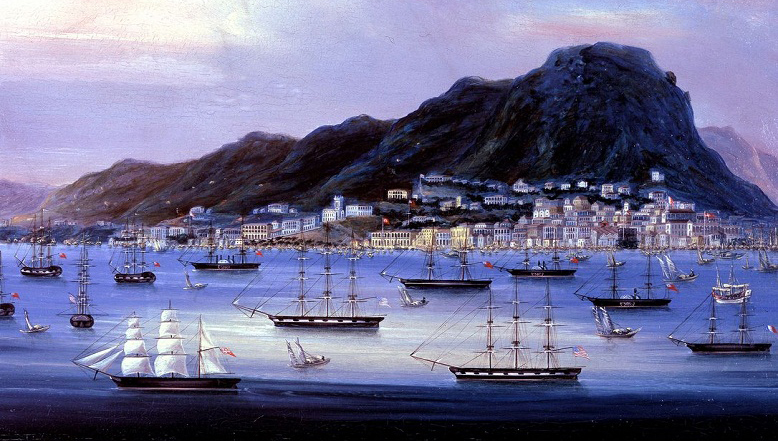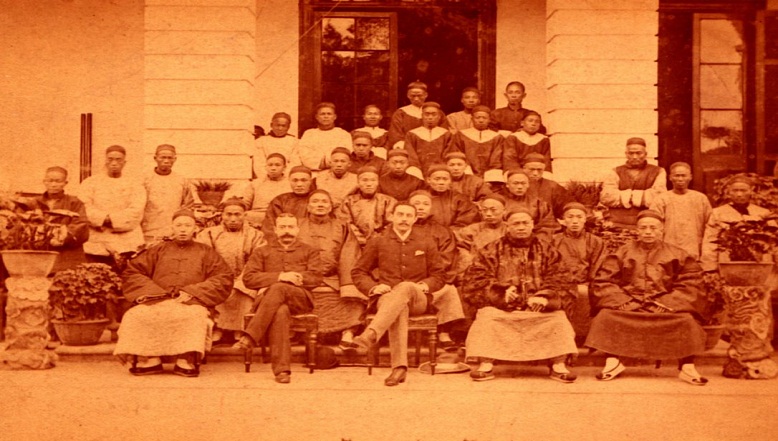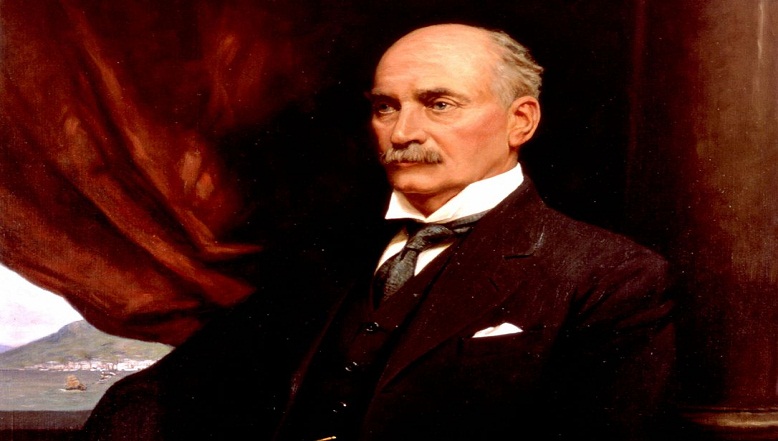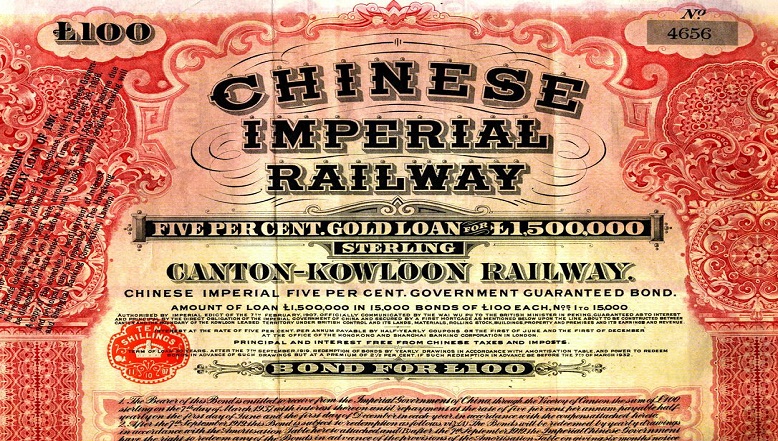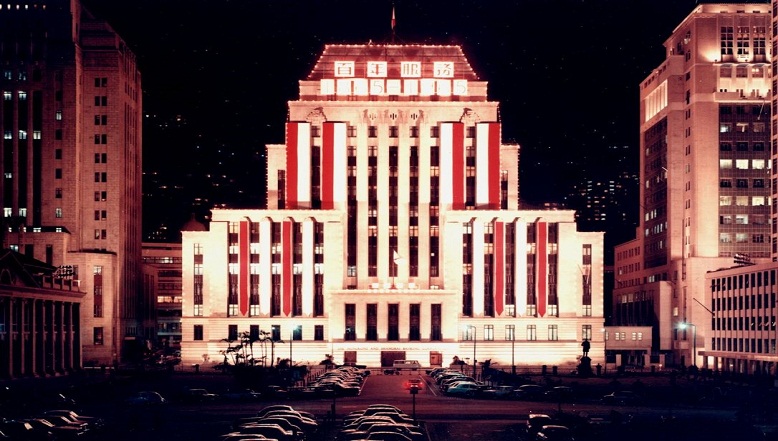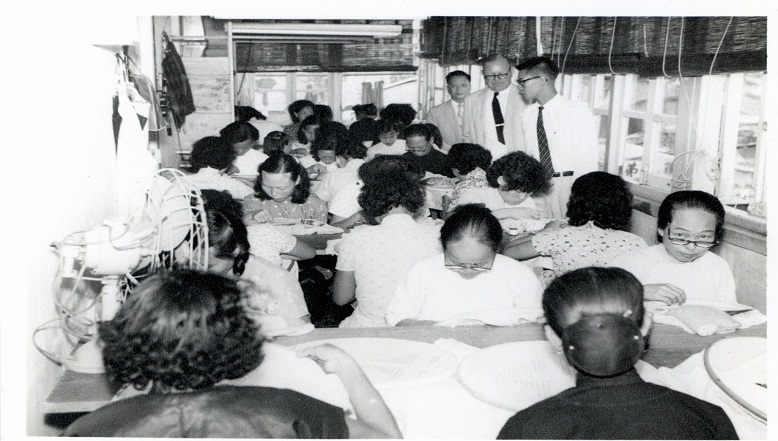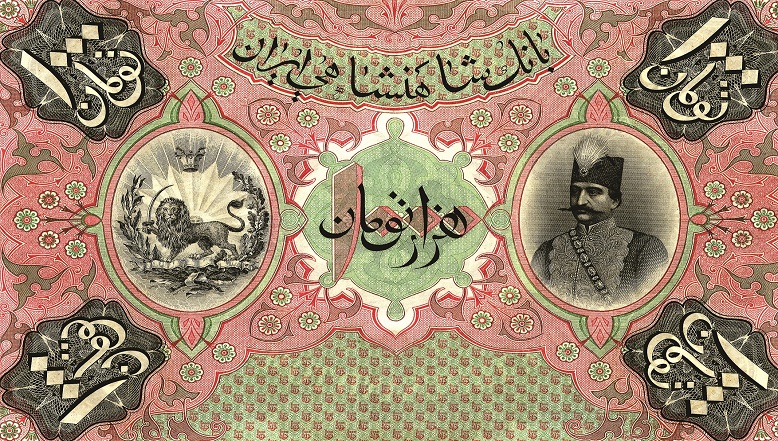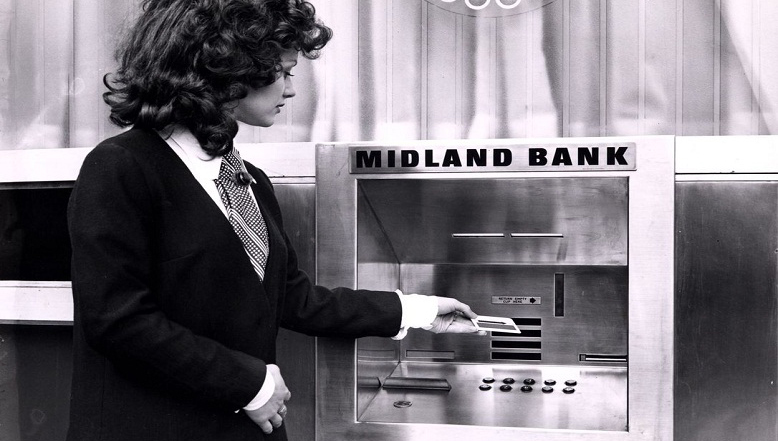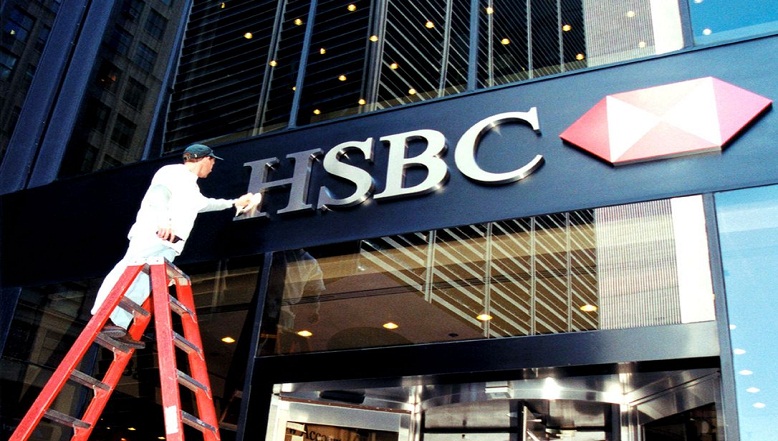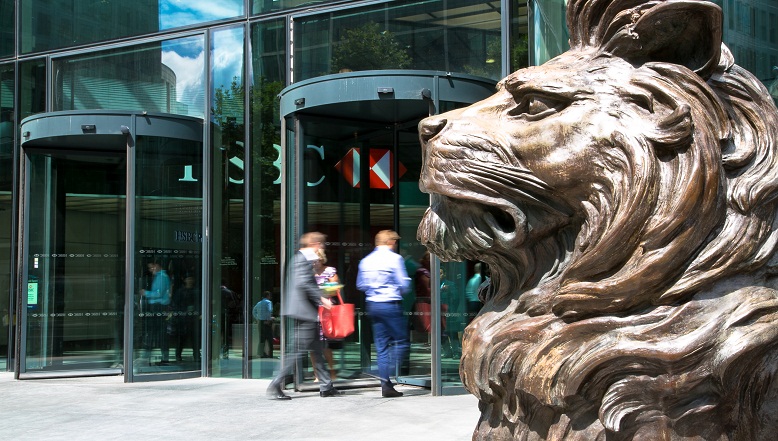The Hongkong and Shanghai Banking Corporation Limited opened in Hong Kong on 3 March 1865 and in Shanghai one month later. It was the first locally owned bank to operate according to Scottish banking principles.
HSBC in Hong Kong

Our services
Established in 1865 to finance the growing trade between Asia and Europe, HSBC is today the biggest bank in Hong Kong. HSBC is known in Chinese as “Wayfoong”, which means “focus of wealth” or “abundance of remittances”.
As the Bank of Hong Kong, we thrive alongside the city’s position as an international financial centre. We are a key part of the financial infrastructure, issuing more than half of the Hong Kong dollar banknotes and providing US dollar payment clearing. We are a force for social good through our philanthropic The Hongkong Bank Foundation, our employee volunteering, inclusive banking services and more.
We are differentiated by our ability to offer a comprehensive range of banking services under one roof. With a strong global presence in 57 countries and territories, we are the bank of choice for clients with international needs. Whether it is individual customers seeking to manage their wealth, multinationals aiming to grow in the region, or Chinese companies looking to expand worldwide, we are here to connect them to opportunities and help them to achieve their ambitions, in this international melting pot and beyond.
Retail Banking and Wealth
With over 6 million retail customers in Hong Kong, we offer a full suite of products and services across transactional banking, lending, wealth, insurance, asset management, international banking services and more to help our customers reach their goals and aspirations.
Commercial Banking
We partner with businesses around the world – supporting every stage of their growth, their international ambitions and their sustainability transitions. We also open up opportunities globally for multinational corporates, asset owners and investors, and public sector entities, through our international network and full suite of HSBC products and solutions.
Our headquarters
1 Queen’s Road Central
Central
Hong Kong
Our history in Hong Kong
HSBC’s founder, Thomas Sutherland, was a Scotsman working in Hong Kong for a large shipping firm. He saw that better banking facilities would support Hong Kong’s commercial growth. Sutherland’s vision was for a new bank, owned and managed locally, which would support international trade.
On 3 March 1865, HSBC opened for business at 1 Queen’s Road, Central. The bank built a succession of modern head offices on the site. The third generation head office, completed in 1935, was the first air-conditioned building in Hong Kong.
Hong Kong’s economy was dominated by shipping and merchant trading. To stimulate and accelerate this trade, HSBC issued banknotes in Hong Kong and mainland China, which were trusted by local merchants as a stable currency. HSBC quickly became Hong Kong’s principal note issuer and remains so today.
The bank faced its greatest test during the Second World War. Most of its Asia network closed and many staff were interned. The bank survived because of large reserves and prudent forward planning, for example deciding to move the head office to London. When the war ended, the head office moved back to Hong Kong and the bank supported the city’s reconstruction, including lending money to restore public utilities, reopen the port, and restart the Star Ferry service.
HSBC aided Hong Kong’s reinvention as a postwar manufacturing centre, granting loans to build cotton mills and textile factories. At the heart of this industrialisation lay the bustling district of Mong Kok, where HSBC opened a branch in 1948. To better serve Hong Kong’s growing population, the bank began expanding its retail branch network throughout the territory.
From the late 1950s the bank began to grow and diversify by acquiring other banks, including Hong Kong’s Hang Seng Bank in 1965. Responding to the Chinese government’s ‘Open Door’ policy in 1979, the bank opened a representative office in Guangzhou as many of its customers began to relocate their operations from Hong Kong to mainland China. HSBC continued to invest and grow in Hong Kong and the surrounding region into the 21st century.
Hong Kong remains the headquarters of The Hongkong and Shanghai Banking Corporation, and the bank is committed to the future of its birthplace.
In 2025, we are celebrating our 160th Anniversary.
For more information, please visit the HSBC History Website.
HSBC Hong Kong: Celebrating 160 years of great stories
For 160 years, we’ve written countless stories with Hong Kong. From issuing our city’s first $1 banknote, to launching mobile banking in today’s digital world; from a small fishing port to an international finance centre. Through sports, arts, and culture — we’re ready to create more remarkable chapters in our city’s future together.

Financial information
The Group’s financial information please visit the investor relations section on our global corporate website. Please visit the Subsidiary company reporting page for Hang Seng Bank Limited and The Hongkong and Shanghai Banking Corporation Limited and the Hongkong and Shanghai Banking Corporation Limited - Macau branch. Please note this is English language only.
The Hongkong and Shanghai Banking Corporation Limited Board of Directors
Board of Directors (PDF, 20KB)
For details about HSBC’s global operations and Group board members, go to our corporate website . Please note this is English language only.
